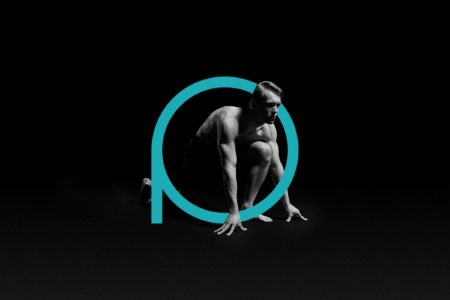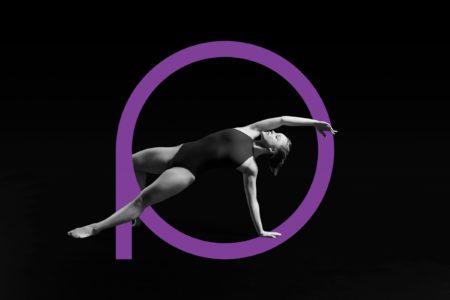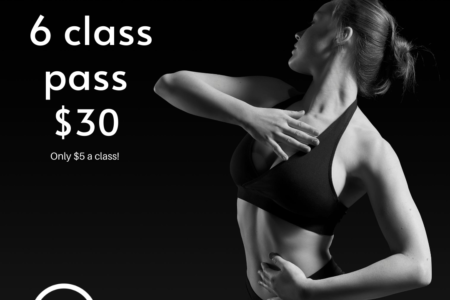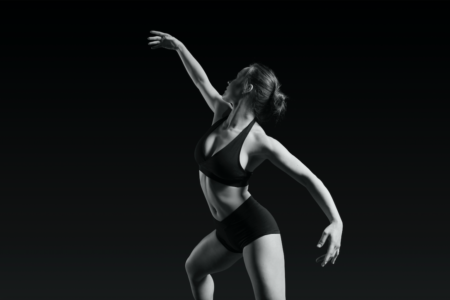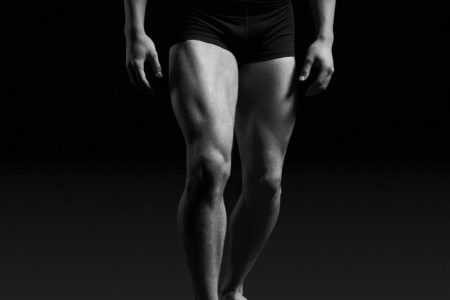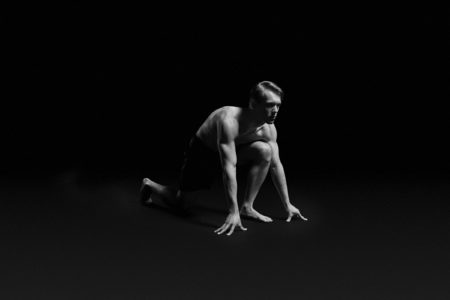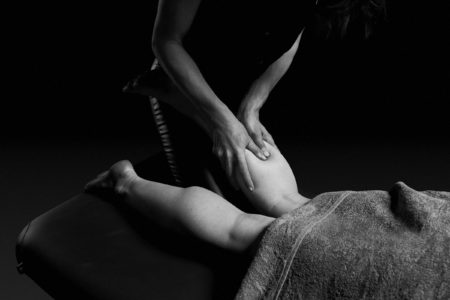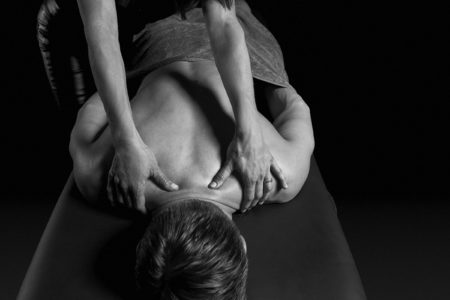Suite 3, Ground Floor, The Gateway,
312 St Kilda Road, Southbank, VIC, 3006
Spring Into Running – But not too quickly…

Spring has sprung, which means the birds are hatching, the flowers are blooming, and the people of Melbourne are itching to get out into the fresh air and exercise! Now is a great time to take up running (if you haven’t already during the COVID-19 lockdowns). But it is not as simple as just popping on your runners and taking off. Follow these steps to make sure that when you decide to become a runner you stay injury free!
- Make sure your runners are up for the challenge
It’s amazing how much of a difference a good pair of runners can make. Runners have a lifespan – the average running shoe will last for 500-750km. So simply dusting off your old runners found under your bed simply won’t do! Investing in a pair of running shoes that provide your foot with adequate support will save you lots of pain, injury and time off later down the track.
2. Slow and steady wins the race
If you have never run before, it will take time to build up your strength and fitness. Even if you have been playing sport, or going to the gym in the past, unfortunately you would have been unable to complete these activities during the lockdowns. This means your body will have lost strength and fitness, even if you were completing home-based workouts. So, start slow. Pace yourself and consider running and walking when you start. Pick a reasonable distance to start with (2-3km is usually good). Run for 0.5km, then walk, then repeat this cycle until you’ve completed your distance. Gradually build the distance you are running, and eventually you’ll find yourself running with no walks. Then you can either work on your speed, or increase the overall distance.
3. Running drills
Running drills are a great way to work on your running technique. They help make you more efficient when you run, which means you will be able to run longer and faster without using as much energy. They also help your technique, which is a great way to prevent injury. Here are a few to integrate into your warm ups.
Ankle Walking
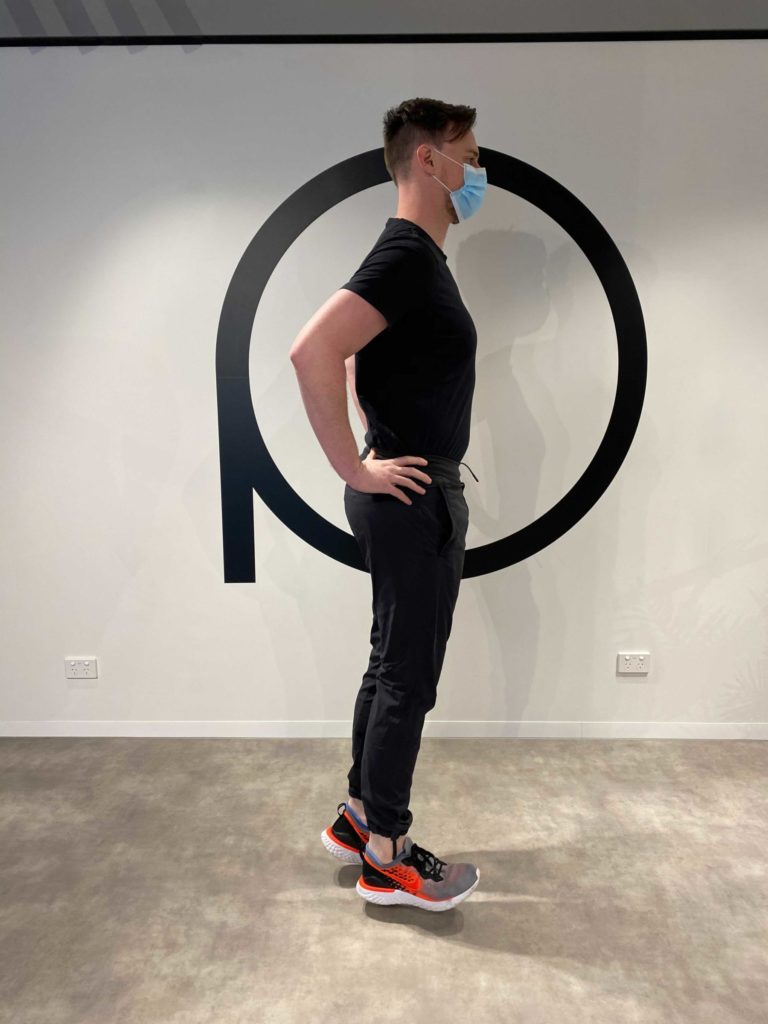
A-Hop
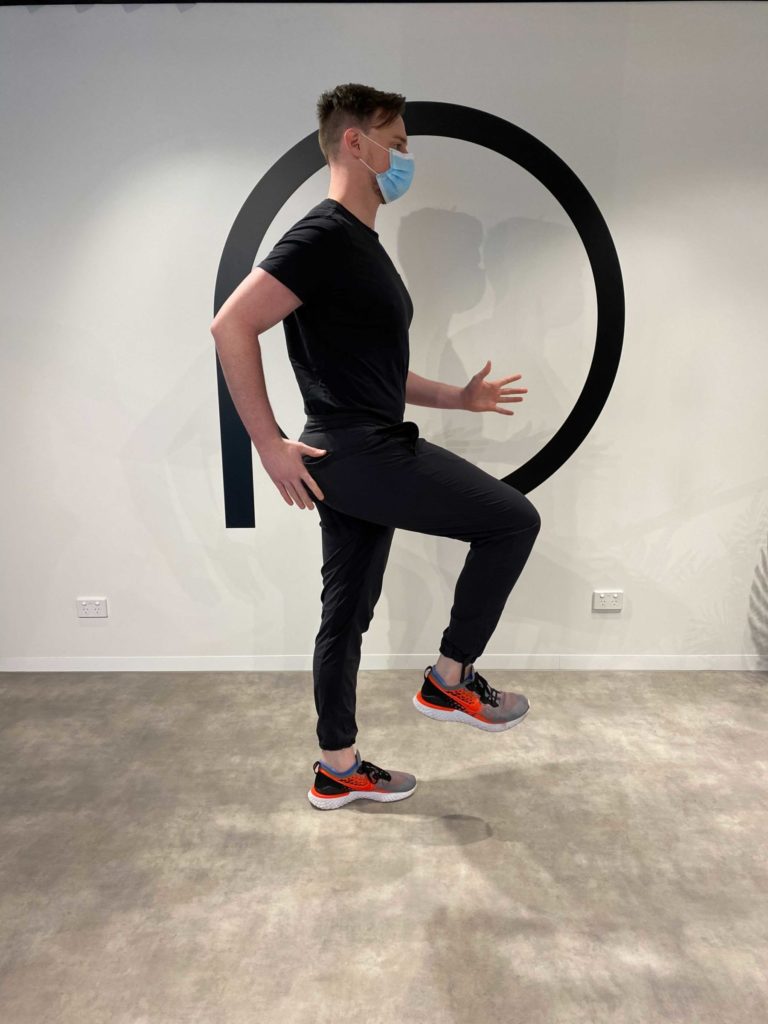
Arm Swing
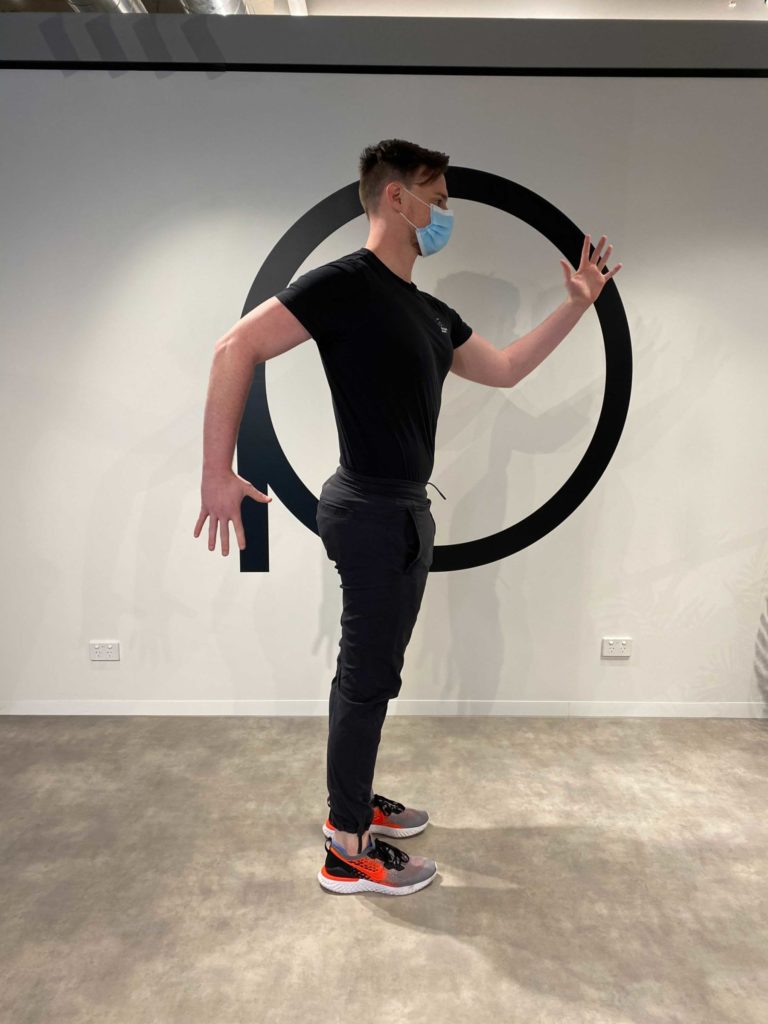
Finally, if you are concerned about any pre-existing aches or pains consider seeing a physiotherapist prior to commencing your running journey. At Performance Medicine, we would be more than happy to help you develop a running programme, and a specific conditioning programme to make sure you can start as soon as possible without flaring up any of your pre-existing conditions. We can assess you in person or via telehealth.
Contact the clinic for more details [email protected] or 9686 2373


